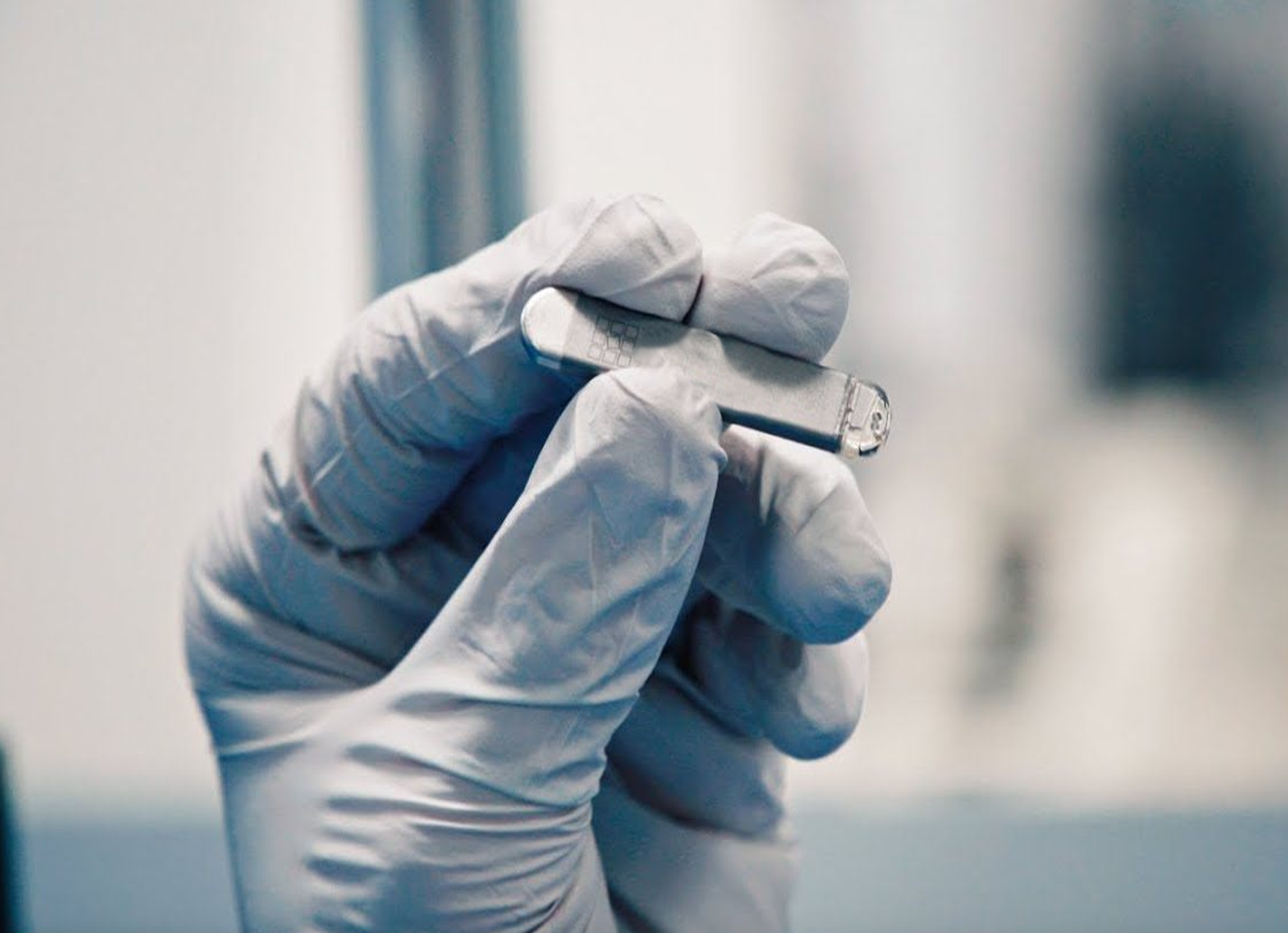Factors to Consider when Designing & Manufacturing a Permanent Magnet Dipole Assembly
Designing and manufacturing a permanent magnet dipole assembly seems simple, however many variables are interconnected. Below are four (4) factors to consider, and as with most permanent magnet assemblies, these factors need to be considered together and not just individually.
Gap Requirements
Dipole permanent magnet assemblies produce a very uniform magnetic field in a defined gap between 2 magnets. But, the size of the gap helps determine the strength of the magnetic field. A general rule is to keep the gap only to the size that you need so you can achieve the highest magnetic field and to maintain field uniformity. For example, if a medical researcher is running a sample through the magnetic field prior to viewing it under a microscope, then the gap should be slightly bigger than the largest sample.
Magnetic Field Requirements
Defining the magnetic field in the center of the gap goes hand-in-hand with gap requirements. For example, if a magnetic field requirement is 1 Tesla in the center of the gap this will help determine the magnetic materials and steel requirements, and any magnetic field focusing needed. But keep in mind that there is a close relationship between the size of the gap and the magnetic field requirement, so a permanent magnet dipole assembly may not be able to produce the required field if the gap is too large and the size requirements are too small (see below: Size Requirements).
Size Requirements
The overall size of the dipole assembly can have a direct impact on the size of the gap, the magnetic field in the gap, and the portability of the permanent magnet dipole assembly. We have made dipole assemblies as large as a dorm room refrigerator, and smaller than a cell phone. For an example of a smaller dipole assembly with approximately 1 Tesla in the gap, click here. For an example of a larger permanent magnet dipole assembly with 2+ Tesla in the gap, click here. The size of the assembly will be determined by the size of the area where it will be used, the magnetic field needed in the gap, and the need to move it easily if necessary.
Working Condition Requirements
In most cases permanent magnet dipole assemblies are used in ambient temperatures with no exposure to harsh chemicals or intense pressures. However, it is good to determine the location, or locations, of the dipole assembly so you can assess the environment and conditions. This is important because it could affect the magnetic materials being used, the coatings of the magnets and steel, shielding requirements, or surrounding instruments and tools that could be affected.
General Overview
No Power Required
Unlike an electromagnet, permanent magnet dipole assemblies are always turned on and no electricity is needed to power them. This is truly a savings on electricity costs. Electromagnets, like an MRI, can require large amounts of energy.
Less Exposure to Magnetic Fields
The magnetic field in a permanent magnet dipole is confined by or contained within the gap, so exposure to “stray magnetic fields” is far less likely than exposure to a strong electromagnetic field, like an MRI.
Lower Initial Cost
The cost of permanent magnet dipole assemblies will be less expensive than the cost to manufacture an electromagnet. These will also be lower operating costs over time (see below).
No Electronics or Moving Parts
Because dipole assemblies have no electronics or moving parts, there is no maintenance other than keeping them clean and protected from damage.
Magnetic Field Limitations
A permanent magnet dipole assembly is limited in the magnetic field it is able to produce based upon the magnetic materials, gap size, and physics. While an electromagnet can easily be manufactured to produce a magnetic field of 3-5 Tesla in a large gap, a permanent magnet dipole assembly may not be able to accomplish this. However, new magnetic materials, assembly techniques and magnet configurations are always being developed and improved, so one day a permanent magnet dipole assembly may compete with an electromagnet dipole.
Summary
Work with a magnetics consultant or engineer to determine if a dipole assembly can meet your requirements. The benefits listed above make them an option that should be considered first.
About SM Magnetics: SM Magnetics is a privately owned company, providing assistance with magnets, magnetic circuit design, engineering support, and production. For more information, logon to our website, www.smmagnetics.com , or contact us at 205-621-8841.




